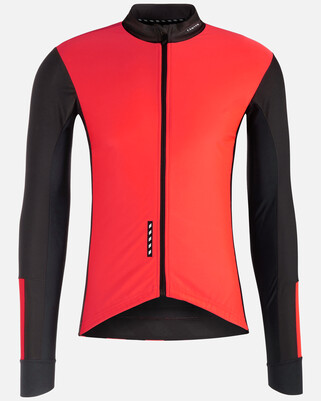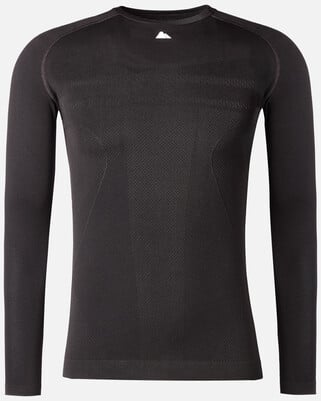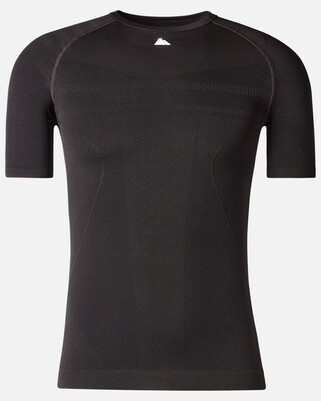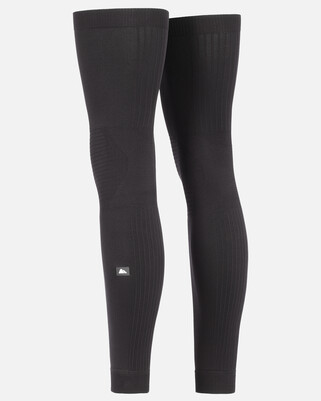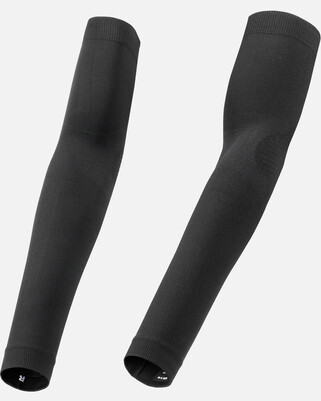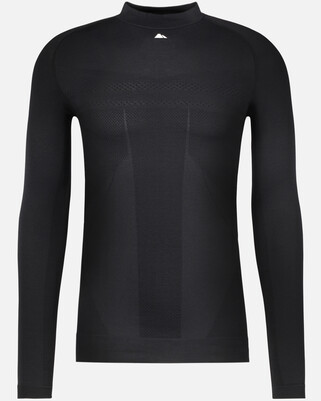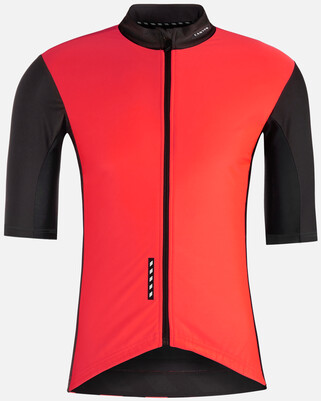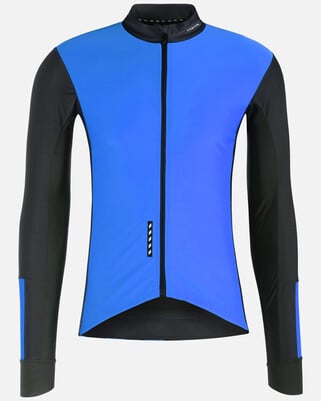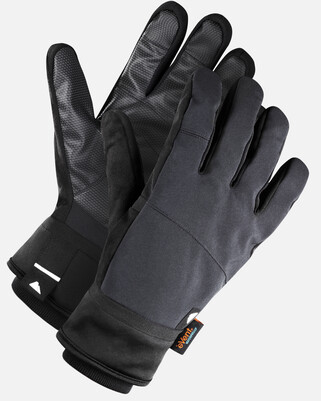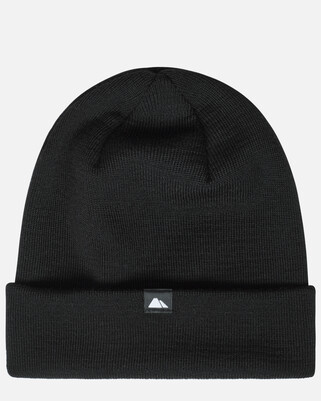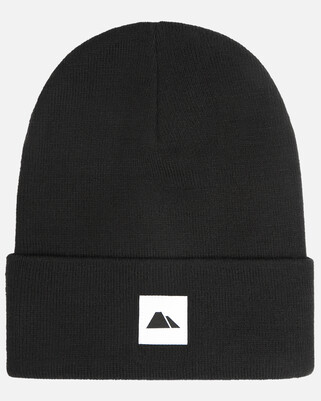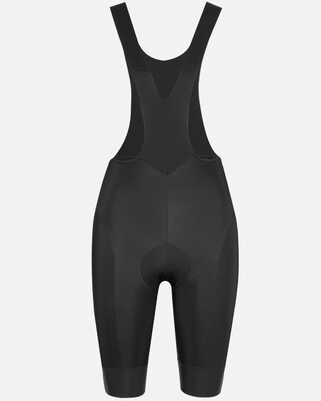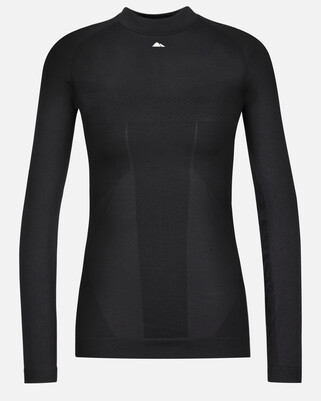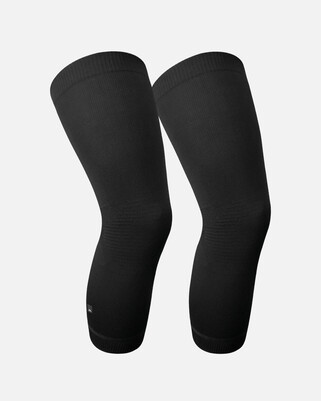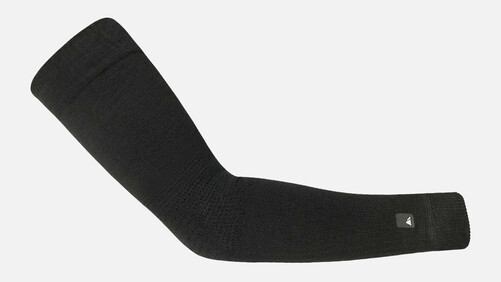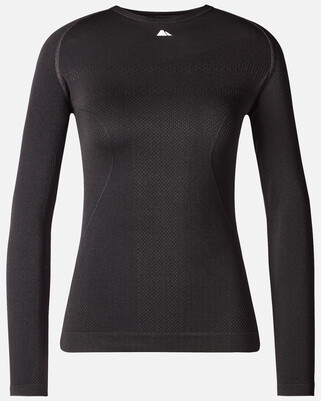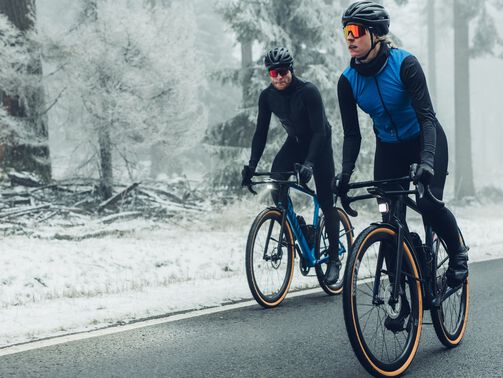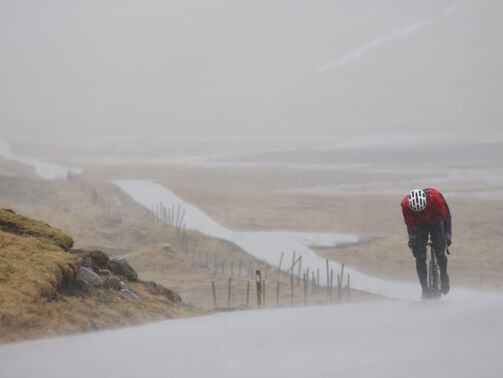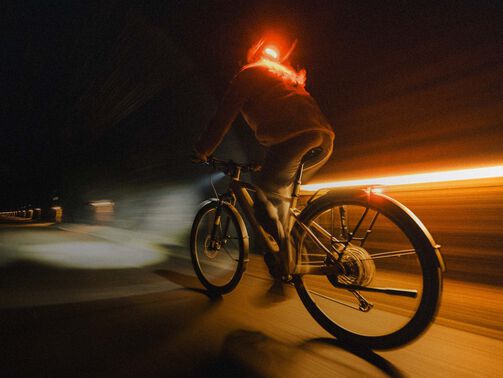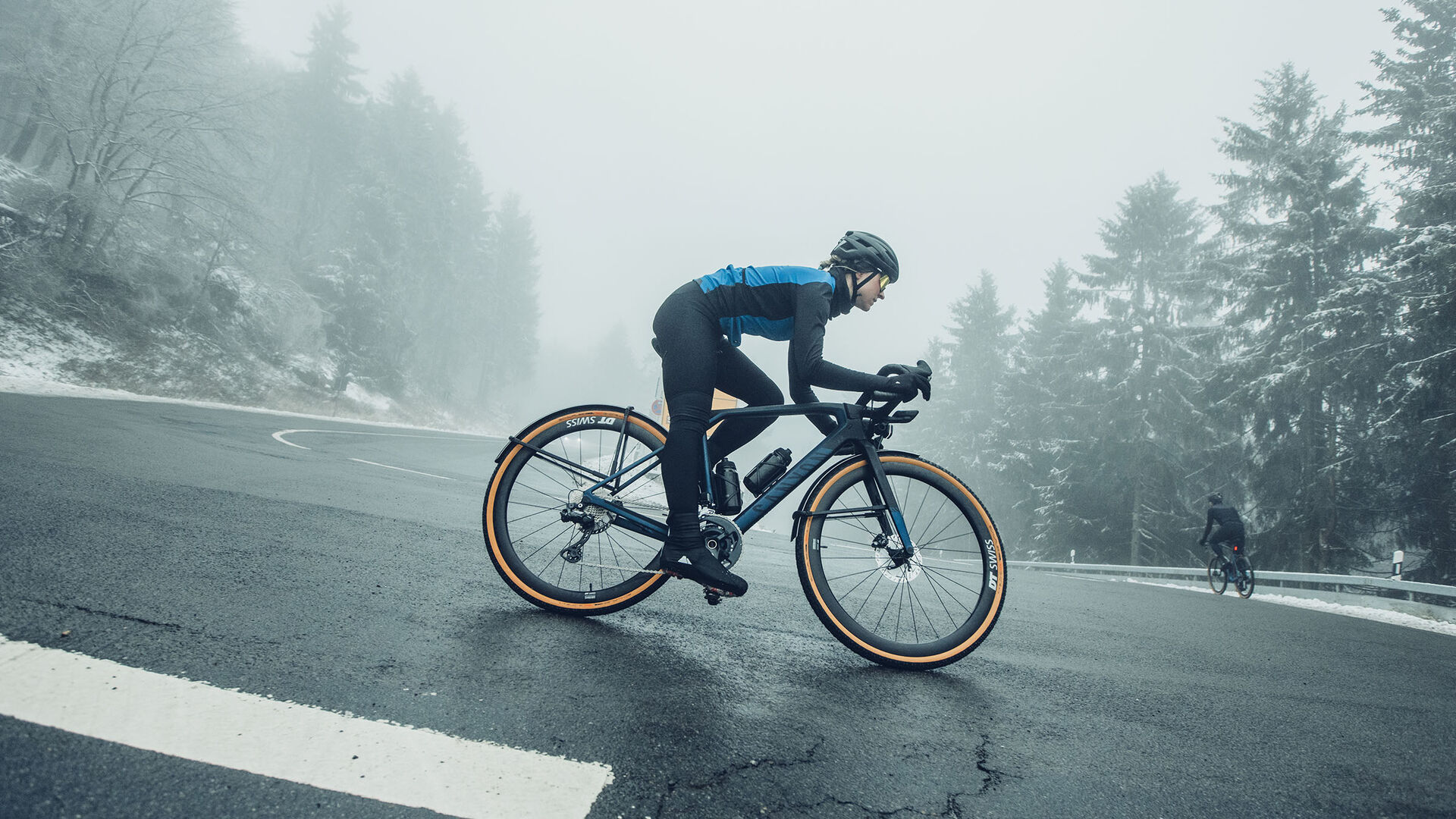
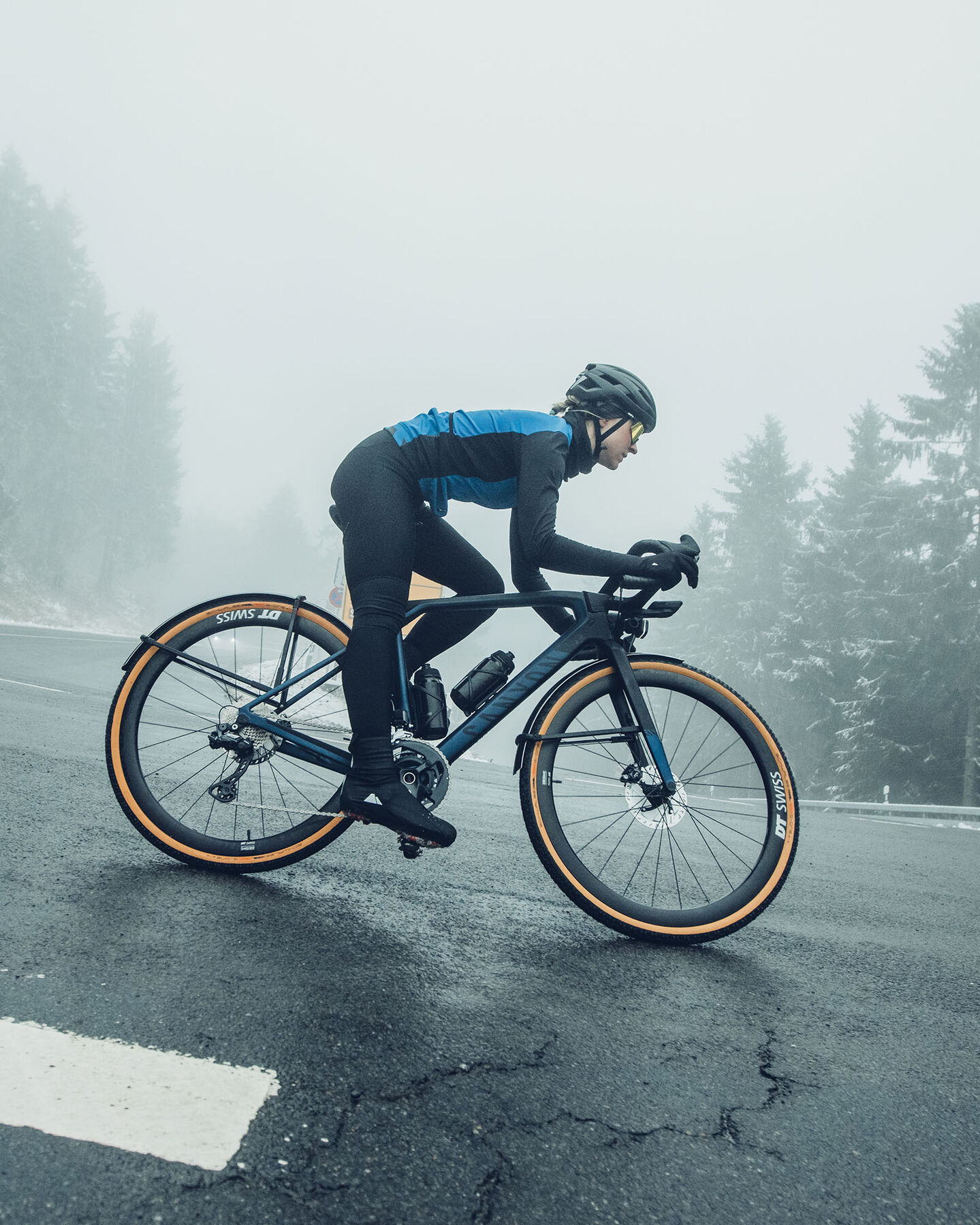
Best winter cycling clothes
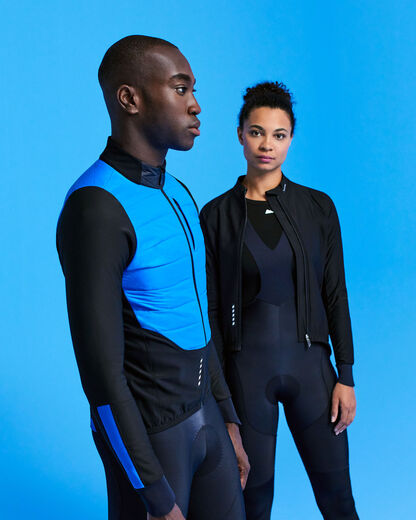
Be ready for the colder months
Riding in the coldest months of the year can be a fantastic experience, as long as you’re comfortable on the bike. Our range of winter riding kit is specially designed to keep the rain out, warmth next to your skin and push moisture away from your body.
All products of category Winter Gear
-
¥1,299
-
¥609Original price
¥949You save ¥340 -
¥679Original price
¥1,199You save ¥520 -
¥479
-
¥539Original price
¥1,099You save ¥560 -
¥389Original price
¥779You save ¥390 -
¥509Original price
¥709You save ¥200 -
¥539Original price
¥779You save ¥240 -
¥269
-
¥139
-
¥269
-
¥269
-
¥1,299


